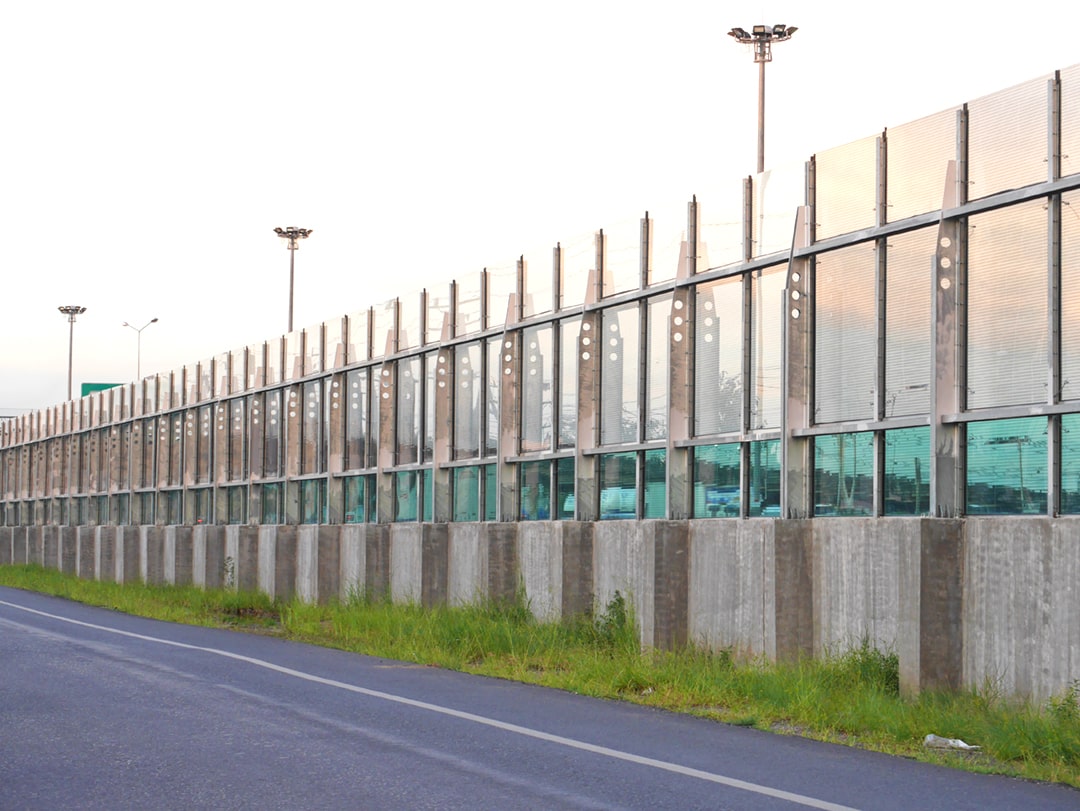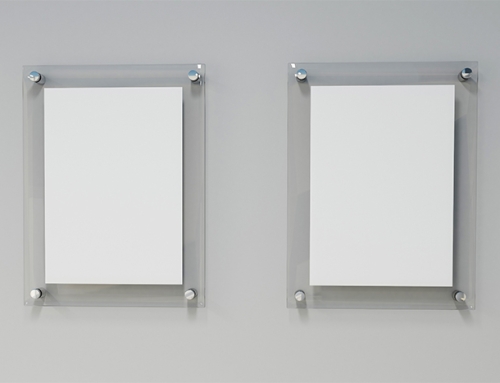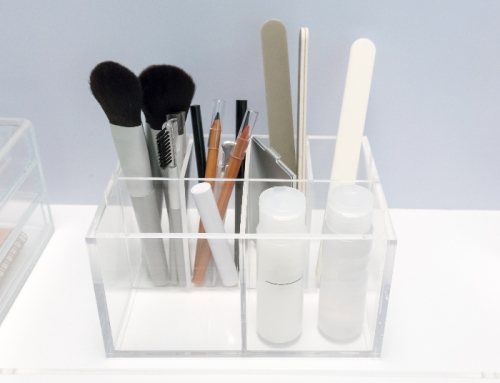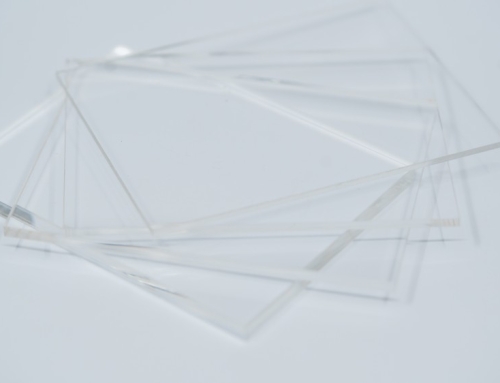Picture this: you’re working from home—you need to send emails and attend that very important Zoom meeting. You also need to cook rice, make sure your son is attending online classes, and feed the dog. Then, you hear it: traffic. Horns blaring, engines revving, dogs barking. You want to sit down, but there’s so much to do. You still need to attend that very important Zoom meeting. The rice is undercooked, your son gives up, and your dog is still barking. That email gets sent, but just barely. You think about having to do this all over again tomorrow, and finally, finally, you break down.
That was just a scenario, but the thing is, it happens. Cities and residential neighborhoods alike have been getting more and more crowded, and this means being in close proximity with people, technology, and, most of all, noise. This doesn’t just lead to lower productivity, but also anxiety, discomfort, and dissatisfaction. With the rise of mental health awareness, it’s crucial to acknowledge the necessity of protecting ourselves from noise pollution—especially now that most of us are working and studying from home. Implementing better soundproofing in architecture and design is the best way to address the noise pollution problem, but unfortunately, with high costs, soundproofing isn’t seen as a worthy expense, even though it’s steadily becoming more obvious that it should be.
But things are looking up: with the boom of plastic technology, industrial materials are getting better and better, adopting features like high impact resistance, UV protection, and even sound blocking and insulation. For example, acrylic sheets, while not as dense as glass, can still absorb and reduce sound. This makes acrylic an ideal material for sound barriers. Acrylic sheets also have a higher impact resistance than glass of up to 15 times. That’s a good thing for those living near dense urban centers, because acrylic sound barriers can be placed along roads and highways to absorb all that traffic.
A peaceful environment is becoming more and more like a commodity, even though we need it to remain healthy and productive. By applying modern materials like acrylic sheets to our construction and design processes, we can protect ourselves from noise pollution, thereby attaining a better quality of living, as well as maintaining a sound body and mind.




